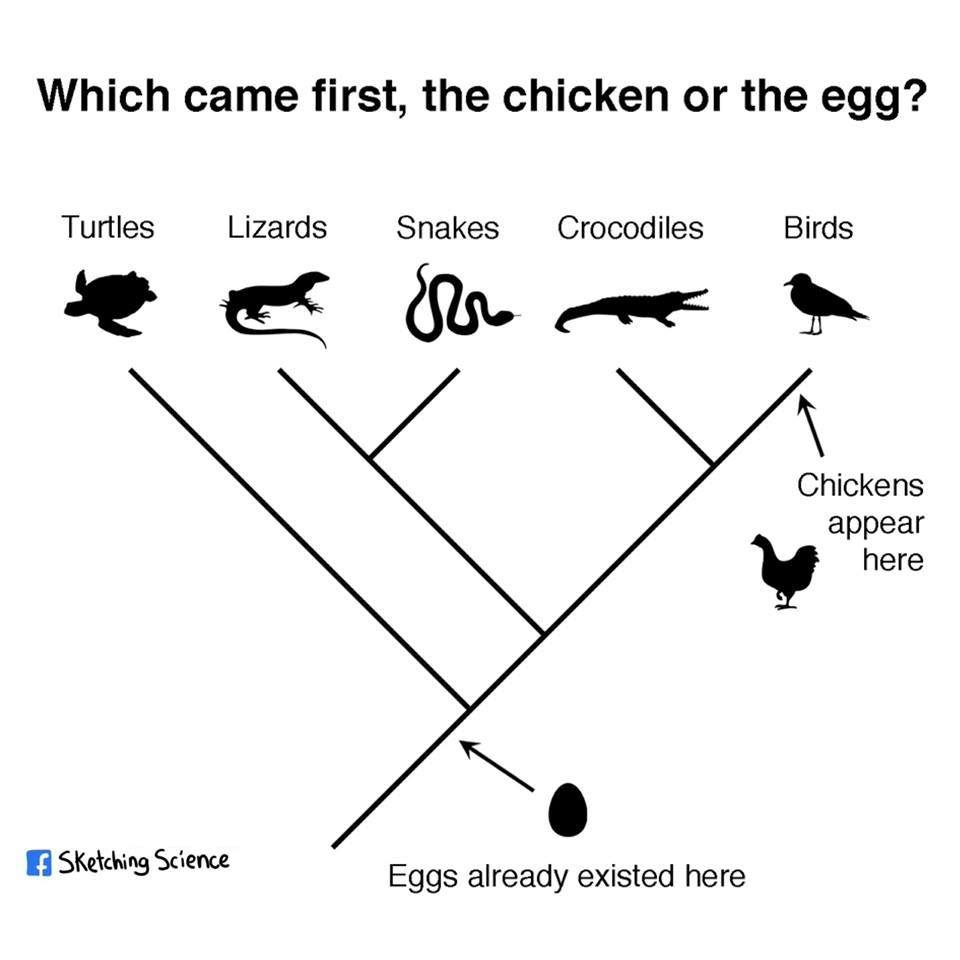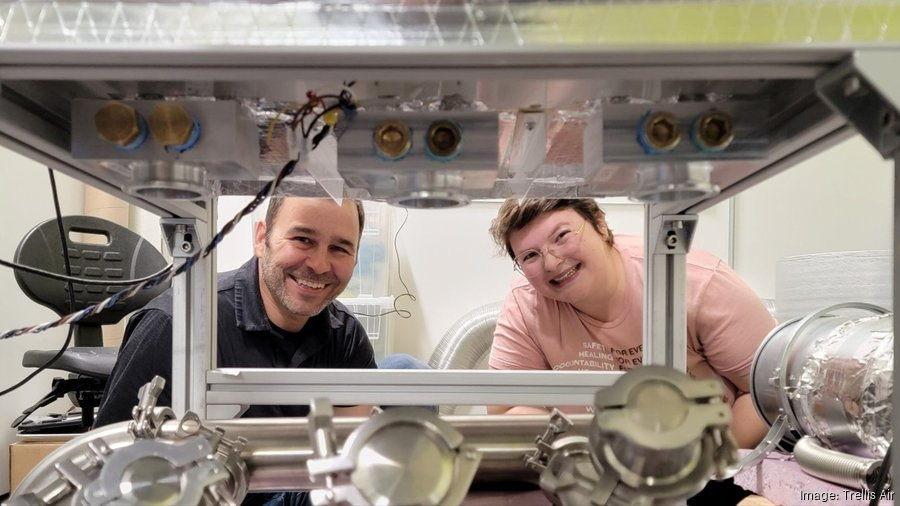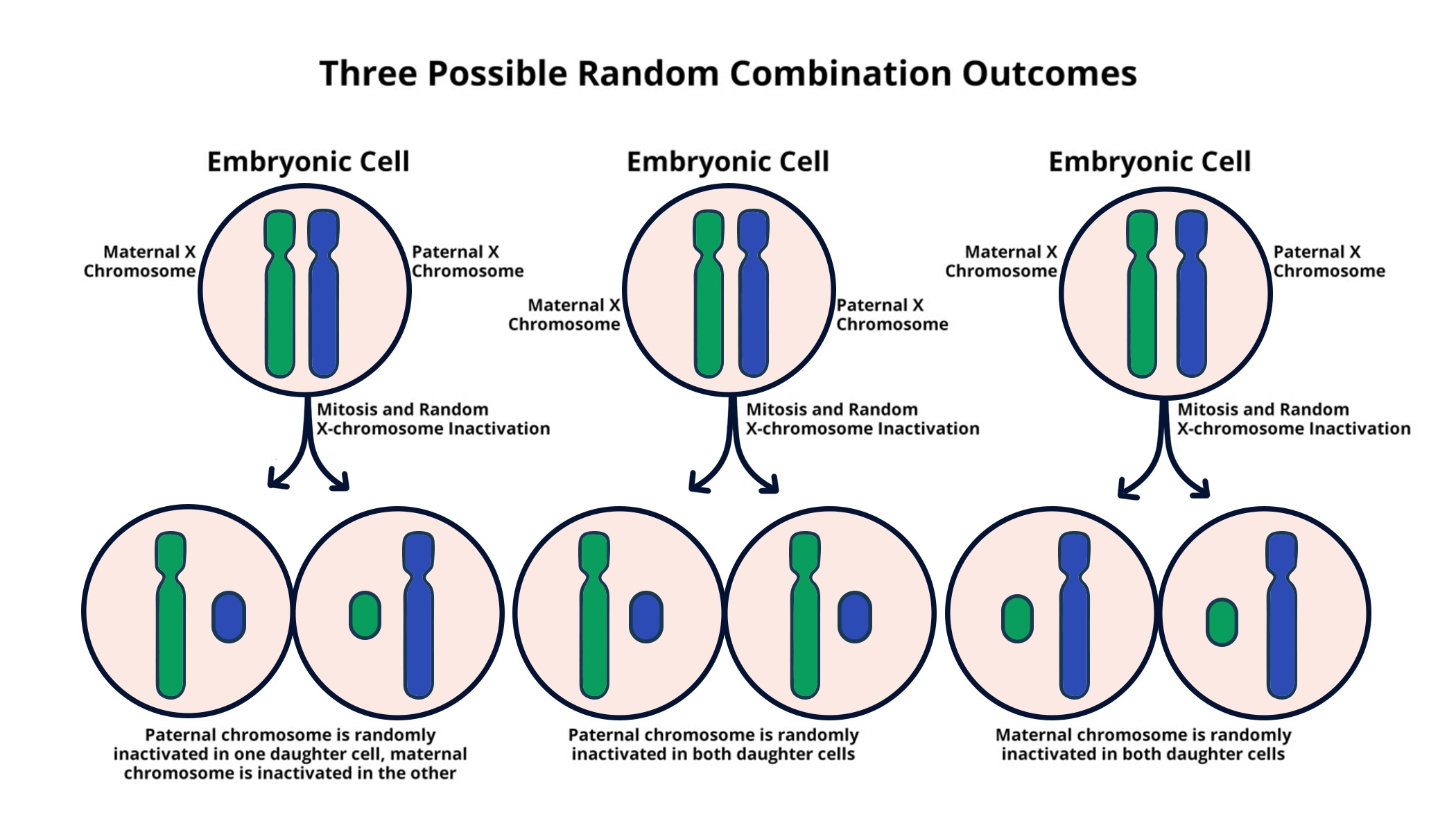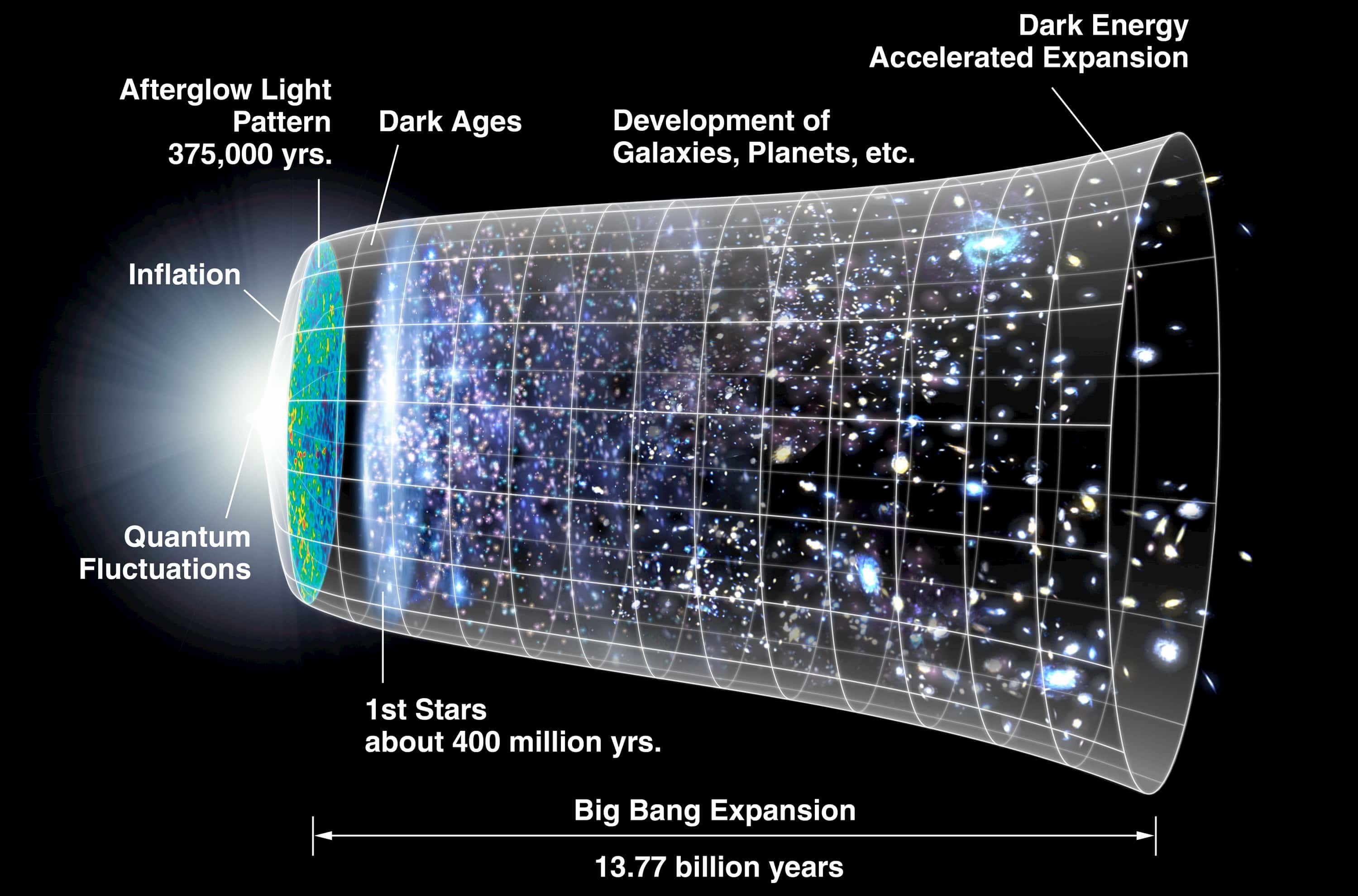The evolution of the chicken or egg remains one of science’s most intriguing debates, particularly when exploring its relation to the greater context of biochemical evolution. At the heart of this inquiry lies the pivotal transformation of life on Earth that coincided with the Great Oxidation Event, when microorganisms, like cyanobacteria, first began to produce oxygen through photosynthesis. This era not only marked the rise of aerobic metabolism in organisms but also established a delicate balance that sustains life. Recent research reveals a striking link between the emergence of these two processes, suggesting that essential molecules, such as methyl-plastoquinone, could hold the key to understanding the sequence of events in this evolutionary puzzle. By investigating these biochemical markers, scientists are unraveling the intricate relationship between oxygen production and consumption, deepening our comprehension of life’s origins.
Delving into the origins of life on Earth raises one of the most fundamental questions in biology: did the chicken or the egg come first? This query transcends animals, branching into the realms of photosynthetic organisms and aerobic creatures that rely on oxygen for survival. The phenomenon of oxygen production through photosynthesis, paralleled by oxygen consumption in metabolism, serves as a groundwork for life’s diverse evolution. Recent findings have uncovered significant connections between these processes, captivating researchers with the discovery of key molecular evidence that bridges the gap between initial oxygen producers and consumers. As scientists probe deeper into biochemical adaptation, they illuminate the evolutionary pathways that have shaped the life forms we observe today.
The Origin of Photosynthesis and Aerobic Metabolism
Photosynthesis and aerobic metabolism represent two revolutionary milestones in the history of life on Earth, each fundamentally shaping the biosphere as we know it. Photosynthesis involves the conversion of sunlight into chemical energy by organisms such as cyanobacteria and plants, producing oxygen as a byproduct. On the other hand, aerobic metabolism is the process by which organisms utilize the oxygen produced by photosynthesizers to extract energy from food. Understanding which of these processes emerged first is critical to unraveling the complexities of biochemistry and evolutionary biology.
Recent discoveries, particularly involving molecules like methyl-plastoquinone, suggest that the emergence of photosynthesis and aerobic metabolism may not have followed a linear progression. Instead of a clear “which came first” scenario, it seems plausible that early life forms could have been navigating between these two critical processes, further emphasizing the interconnectedness of biochemical evolution. The evolutionary tale encompasses not only the production of oxygen but also the capacity to manage oxidative byproducts, a skill crucial for survival in increasingly oxygen-rich environments.
Methyl-Plastoquinone: A Missing Link in Evolutionary Biology
The discovery of methyl-plastoquinone in Nitrospirota bacteria opens a new chapter in our understanding of the evolutionary transition from anaerobic to aerobic life forms. This molecule, which resembles those utilized in plant photosynthesis, suggests that certain bacteria may have had an inherent capability to use oxygen even before significant oxygen production began. Methyl-plastoquinone might represent an intermediate evolutionary stage, bridging the gap between organisms dependent on anaerobic metabolism and those thriving in aerobic environments.
This finding posits that the biochemical pathways facilitating oxygen utilization could have been present before the Great Oxidation Event, challenging long-held assumptions regarding the sequential development of life. The fact that every life form utilizes quinones indicates the importance of these molecules across various metabolic processes, pointing to a complex, intertwined evolutionary history where oxygen production and consumption evolved in parallel.
The Great Oxidation Event: A Turning Point in Earth’s History
The Great Oxidation Event, occurring around 2.3 to 2.4 billion years ago, represents a pivotal transition in Earth’s atmosphere and biology, marking the advent of substantial oxygen production by cyanobacteria. This shift allowed for the evolution of aerobic metabolism, dramatically altering the environmental landscape and facilitating the rise of complex life forms. The event has profound implications for understanding the biochemical evolution of life, as it set the stage for the diversification of organisms that could utilize oxygen for energy.
However, recent research concerning methyl-plastoquinone suggests that some early bacteria may already have utilized oxygen before the rise of cyanobacterial oxygenation. This alternative view emphasizes that the interplay between photosynthesis and aerobic respiration is far more intricate than previously thought, highlighting the evolutionary innovations that enabled early organisms to adapt and thrive in a transitioning planet.
Biochemical Evolution: Interdependence of Life Forms
The intricate dance of biochemical evolution reveals the interdependence among various life forms, particularly regarding the use and management of oxygen. As plants and cyanobacteria pioneered photosynthesis, they produced the oxygen necessary for aerobic organisms to thrive. Yet, the simultaneous development of mechanisms to utilize and defend against oxidative byproducts demonstrates a remarkable evolutionary adaptation to newfound environmental conditions.
This interdependence becomes even clearer through the study of quinone structures. Differences in quinones between human mitochondria and plant chloroplasts indicate a shared ancestry and divergent evolution, underscoring how these biochemical systems co-established the foundations for life on Earth. By understanding these relationships, we gain insights into the evolutionary pressures that shaped the biosphere, paving the way for future research into the origins of life itself.
Understanding Quinones: The Biochemical Builders of Life
Quinones are essential compounds that serve various roles in cellular respiration and photosynthesis, acting as electron carriers in vital biochemical pathways. The complexity of quinone structures found across different organisms reflects the intricate adaptations that have occurred through evolutionary time. By studying these molecules, researchers can uncover critical insights into the evolutionary relationship between plants and animals, especially concerning how these compounds have evolved to meet distinct metabolic needs.
The presence of methyl-plastoquinone, characterized as a ‘living fossil,’ emphasizes the enduring legacy of these biochemical structures. Such molecules not only provide insights into ancient life forms but also highlight the shared biochemical heritage that characterizes all living organisms. This molecular perspective can help scientists trace the evolutionary steps that led to the sophisticated systems we observe today, further elucidating the paths of photosynthesis and aerobic metabolism.
The Role of Oxygen in Shaping Life on Earth
Oxygen is more than just a byproduct of photosynthesis; it is a foundational element that has shaped the trajectory of life on Earth. The advent of oxygen-rich environments allowed for the evolution of diverse multicellular organisms, driving biological complexity and the development of ecosystems. This transformation is intricately linked to the simultaneous evolution of aerobic metabolism, which allows organisms to convert energy efficiently, supporting more active lifestyles.
The biochemical systems that evolved to manage and utilize oxygen are remarkably sophisticated, showcasing nature’s ingenuity. Understanding these evolved systems equips scientists with the knowledge to explore potential applications in biotechnology, medicine, and sustainable energy, potentially leading to innovations that could positively impact future generations.
Cyanobacteria: The Pioneers of Photosynthesis
Cyanobacteria, often referred to as blue-green algae, were among the earliest organisms to perform oxygen-producing photosynthesis. These microorganisms played a transformative role during the Great Oxidation Event, significantly altering the composition of Earth’s atmosphere. By initiating the release of oxygen into the environment, cyanobacteria created conditions that facilitated the evolution of more complex aerobic life forms.
Research into the genetic and biochemical mechanisms of cyanobacteria has revealed insights into how early life forms harnessed sunlight and transformed it into energy. As researchers delve deeper into the intricacies of cyanobacterial metabolism, we uncover not only the origins of oxygenic photosynthesis but also the evolutionary innovations that allowed these microorganisms to thrive in varied environments.
The Evolutionary Implications of Aerobic Metabolism
Aerobic metabolism represents a sophisticated evolutionary strategy that enables organisms to extract maximum energy from nutrients. As oxygen became increasingly available due to photosynthetic organisms, evolutionary pressures favored the development of aerobic pathways. This shift not only enhanced energy efficiency but also paved the way for the emergence of complex life forms, including animals and eventually humans.
The intricate biochemical adaptations required to utilize oxygen effectively underscore the remarkable resilience of life. By studying how aerobic metabolism evolved, scientists can better understand both the biological and environmental factors that have shaped life on Earth, paving the way for advancements in bioengineering and disease treatment.
Interconnected Metabolic Pathways: Insights from Evolution
The interconnectedness of metabolic pathways reflects the shared evolutionary history of life on Earth. As organisms adapted to an oxygen-rich environment, they developed sophisticated systems to regulate and utilize oxygen in various biochemical reactions. The synergy between photosynthesis and aerobic metabolism exemplifies how life has evolved in response to environmental changes, highlighting the collaborative nature of biochemical evolution.
Understanding the interconnected pathways of metabolism not only informs us about past life forms but also illuminates future directions for scientific research. The principles of evolution are still at play, and by dissecting these biochemical interrelations, researchers can innovate new methods for harnessing metabolic processes to solve contemporary challenges in health and sustainability.
Frequently Asked Questions
What is the significance of the chicken or egg evolution debate in the context of photosynthesis?
The chicken or egg evolution debate relates to whether photosynthesis, which produces oxygen, or aerobic metabolism, which consumes oxygen, evolved first. This is significant as it addresses the origins of life and how organisms developed the capacity for aerobic respiration through evolutionary processes linked to the development of photosynthesis.
How does the discovery of methyl-plastoquinone impact our understanding of chicken or egg evolution?
The discovery of methyl-plastoquinone suggests a possible link between the evolution of photosynthesis and aerobic metabolism. It indicates that some bacteria may have utilized oxygen before significant oxygen production by cyanobacteria, providing insight into how both processes may have evolved simultaneously, akin to the chicken or egg scenario.
How does aerobic metabolism relate to the evolution of photosynthesis in the chicken and egg question?
Aerobic metabolism’s evolution is intricately linked to the rise of photosynthesis. As cyanobacteria began to produce oxygen through photosynthesis, organisms that could metabolize this oxygen, via aerobic metabolism, would gain evolutionary advantages, thus intertwining their evolution in a chicken and egg dilemma.
What role did the Great Oxidation Event play in the chicken or egg evolution discussion?
The Great Oxidation Event was a crucial period around 2.3 to 2.4 billion years ago when significant oxygen levels arose due to photosynthesis. This event is central to the chicken or egg evolution debate, as it represents a turning point that allowed aerobic metabolism to develop, suggesting that the processes evolved concurrently.
Can the evolution of photosynthesis provide clues about the chicken or egg evolution issue?
Yes, the evolution of photosynthesis can illuminate the chicken or egg evolution issue by revealing how early organisms adapted to produce and later utilize oxygen. This adaptation indicates that the evolution of oxygen-producing processes and oxygen-consuming mechanisms likely occurred together, reflecting a complex interdependence.
What did researchers discover about the biochemical evolution related to the chicken or egg question?
Researchers discovered a missing-link molecule, methyl-plastoquinone, that reveals aspects of biochemical evolution related to the chicken or egg question. This molecule exemplifies a potential ancestral form that bridges the gap between the evolution of photosynthesis and aerobic metabolism, showcasing how life forms adapted to utilize oxygen.
How do quinones relate to the evolution of both photosynthesis and aerobic metabolism?
Quinones are essential molecules for both photosynthesis and aerobic metabolism. Their dual roles suggest that the evolution of these pathways might be interconnected, as variations of quinones provide metabolic functions critical to the survival and evolution of both photosynthetic organisms and aerobic life.
What implications does this research have for understanding life’s evolution and the chicken or egg scenario?
This research implies that the evolution of life forms capable of photosynthesis and aerobic metabolism may have been more complex than previously thought, highlighting that both processes could have co-evolved. This understanding alters the classical chicken or egg scenario, suggesting that life adapted to oxygen availability in a more simultaneous and dynamic manner.
| Key Point | Description |
|---|---|
| Research Context | Study explores the evolution of oxygen production via photosynthesis vs. oxygen consumption via aerobic metabolism. |
| Accidental Discovery | Methyl-plastoquinone found in nitrogen-utilizing bacterium hints at a link between the two processes. |
| Significance of Quinones | Quinones are vital for life’s metabolic processes; their discovery may represent a missing evolutionary link. |
| Great Oxidation Event | This event occurred 2.3 to 2.4 billion years ago, marking significant oxygen production by cyanobacteria. |
| Simultaneous Existence | Both processes—photosynthesis and aerobic metabolism—may have co-existed, complicating the evolution narrative. |
| Implications for Life | A capacity to manage oxygen was crucial for the survival and evolution of aerobic life forms. |
| Modern Relevance | Understanding ancient biochemical processes enhances knowledge of life’s evolution today. |
Summary
The topic of chicken or egg evolution centers around the intriguing question of which came first, and recent discoveries provide insights into this age-old debate. The research indicates that the evolution of oxygen production through photosynthesis and the capability to consume it via aerobic metabolism may have occurred simultaneously. This new understanding challenges previous assumptions and highlights the complex interplay between these fundamental processes in the history of life. Furthermore, it emphasizes the importance of biochemical systems in sustaining life forms, which ultimately led to the diverse biosphere we see today.









